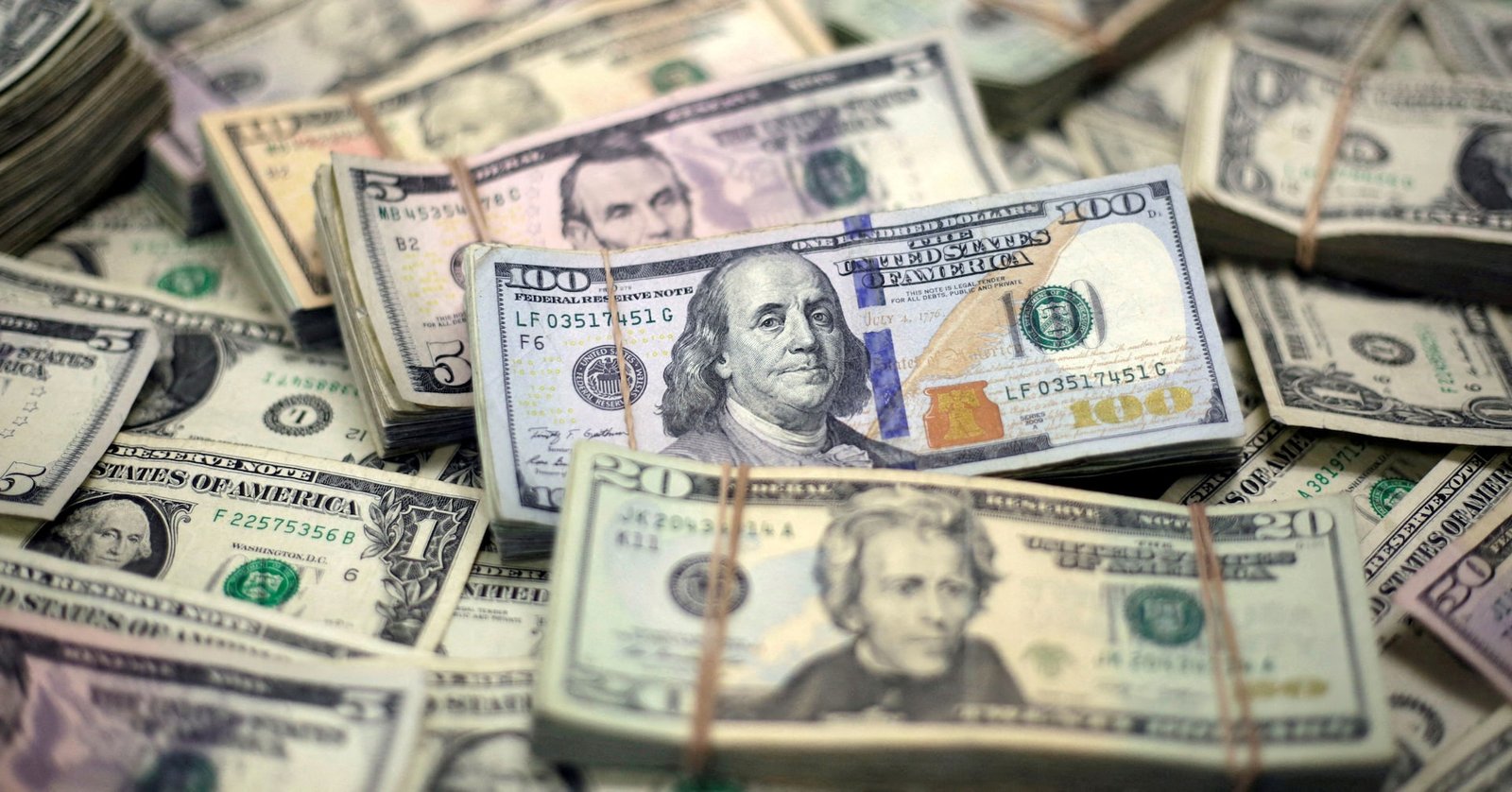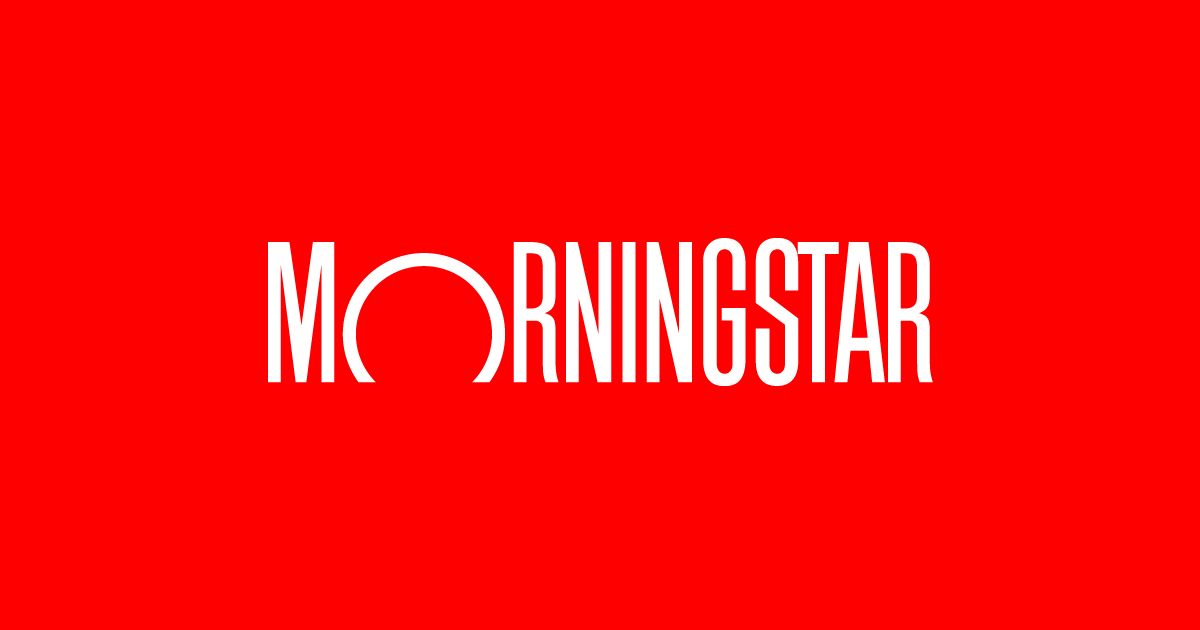- AUD/USD soared on Friday after Powell’s words at the Jackson Hole Symposium.
- Powell hinted that the Fed is ready to cut rates.
- On the other hand, the RBA is comfortable with restrictive rates, which favors the Aussie.
AUD/USD rose by more than 1% to 0.6790 in Friday’s session, finding stability around 0.6725. This upward move comes as the US Dollar weakens following Federal Reserve (Fed) Chair Jerome Powell’s speech at the Jackson Hole symposium.
Despite mixed economic signals from Australia, the Reserve Bank of Australia’s (RBA) cautious stance due to high inflation continues to support the Australian Dollar.
Daily digest market movers: Aussie gains strength on monetary policy divergences
- Australian Dollar is bolstered by the latest RBA meeting minutes, which reveal a reluctance to ease monetary policy soon.
- RBA projects inflation to stay above the 2-3% target until the end of 2025, suggesting interest rates may remain elevated for an extended period.
- Governor Bullock has recently stated that the bank has no plans of cutting in the near term.
- China’s recent measures to support the housing market are not expected to have a significant impact due to underlying debt issues, but they do offer some additional support for the Australian Dollar, given the close economic ties between Australia and China.
Technical analysis: AUD/USD sees rising momentum, might consolidate
After briefly consolidating, the AUD/USD rose to highs not seen since January around 0.6790. The Relative Strength Index (RSI) is around 67, indicating that the pair is near the overbought threshold. Meanwhile, the Moving Average Convergence Divergence (MACD) shows rising green bars, suggesting building bullish momentum.
Volume has remained high over the past sessions, reflecting strong interest from buyers. Resistance levels to watch include 0.6800 and 0.6850, while support levels are at 0.6700 and 0.6650.
RBA FAQs
The Reserve Bank of Australia (RBA) sets interest rates and manages monetary policy for Australia. Decisions are made by a board of governors at 11 meetings a year and ad hoc emergency meetings as required. The RBA’s primary mandate is to maintain price stability, which means an inflation rate of 2-3%, but also “..to contribute to the stability of the currency, full employment, and the economic prosperity and welfare of the Australian people.” Its main tool for achieving this is by raising or lowering interest rates. Relatively high interest rates will strengthen the Australian Dollar (AUD) and vice versa. Other RBA tools include quantitative easing and tightening.
While inflation had always traditionally been thought of as a negative factor for currencies since it lowers the value of money in general, the opposite has actually been the case in modern times with the relaxation of cross-border capital controls. Moderately higher inflation now tends to lead central banks to put up their interest rates, which in turn has the effect of attracting more capital inflows from global investors seeking a lucrative place to keep their money. This increases demand for the local currency, which in the case of Australia is the Aussie Dollar.
Macroeconomic data gauges the health of an economy and can have an impact on the value of its currency. Investors prefer to invest their capital in economies that are safe and growing rather than precarious and shrinking. Greater capital inflows increase the aggregate demand and value of the domestic currency. Classic indicators, such as GDP, Manufacturing and Services PMIs, employment, and consumer sentiment surveys can influence AUD. A strong economy may encourage the Reserve Bank of Australia to put up interest rates, also supporting AUD.
Quantitative Easing (QE) is a tool used in extreme situations when lowering interest rates is not enough to restore the flow of credit in the economy. QE is the process by which the Reserve Bank of Australia (RBA) prints Australian Dollars (AUD) for the purpose of buying assets – usually government or corporate bonds – from financial institutions, thereby providing them with much-needed liquidity. QE usually results in a weaker AUD.
Quantitative tightening (QT) is the reverse of QE. It is undertaken after QE when an economic recovery is underway and inflation starts rising. Whilst in QE the Reserve Bank of Australia (RBA) purchases government and corporate bonds from financial institutions to provide them with liquidity, in QT the RBA stops buying more assets, and stops reinvesting the principal maturing on the bonds it already holds. It would be positive (or bullish) for the Australian Dollar.







